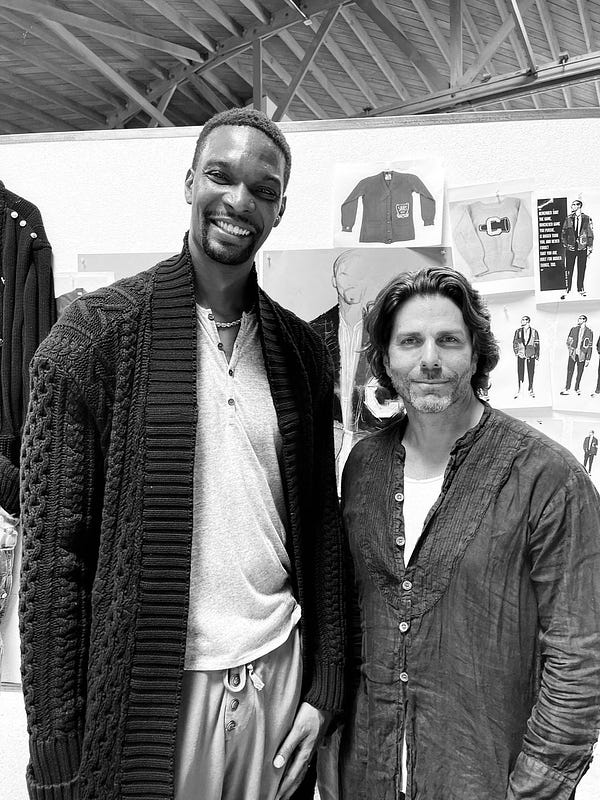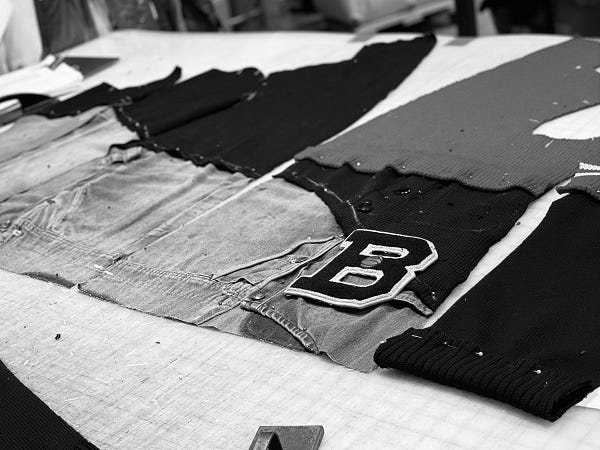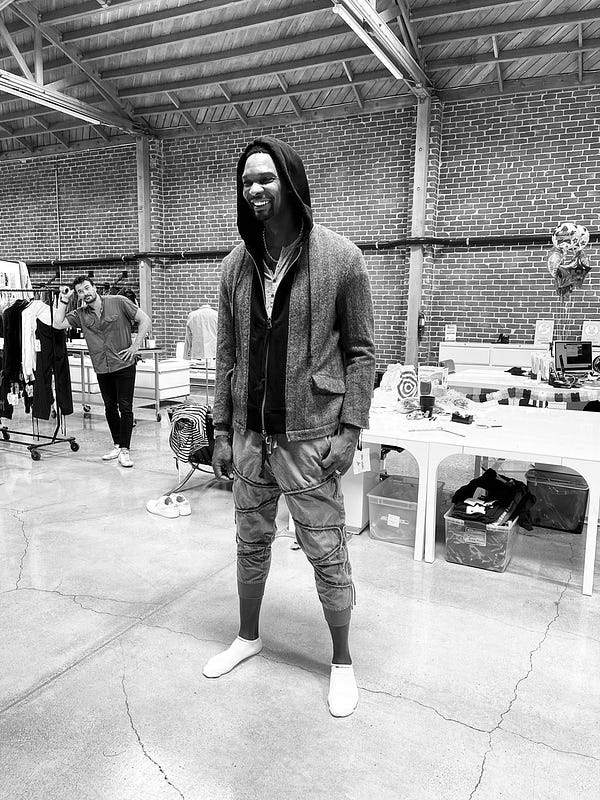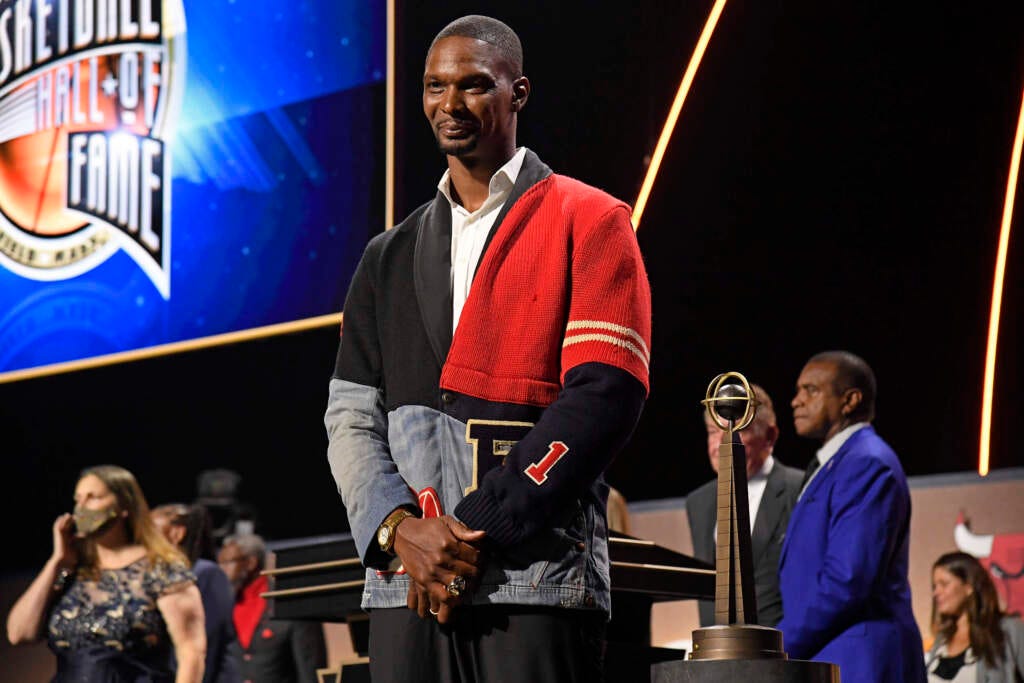How Those Hall of Fame Threads Came to Be
The trip to Springfield called for more than a suit and tie—so I called my good friend Greg Lauren
A few weeks ago, I told you that part of me was still up on stage in Springfield.
At least, that’s what it feels like. And the more I think about it, the more it makes sense—that after decades of dreaming, the achievement of the dream itself wouldn’t necessarily feel real. I floated up onto that Hall of Fame stage, and I’ve been floating ever since.
It’s not just about the honor itself. It’s the actual responsibility of accepting it—of standing up to the legacy of my heroes and trying to find something worth saying to those of them who were in the audience that day. I relished that task from the day the Class of 2021 was announced.
Which isn’t to say my nerves went on vacation. I spent a lot of time thinking, writing, and worrying about what I was going to actually say: how I’d give thanks, represent myself and my family, the words that would come to be associated with my crossing the threshold of basketball greatness.
There’s another thing I worried about, too: What the hell was I going to wear?
Plain and simple, right? You need clothes to go most places, and the Basketball Hall of Fame is no exception. So I started looking through the outfits of past inductees. Some iconic looks...and some ill-advised ones, too—but I’ll be the first to tell you the hottest styles don’t always age well. And it’s nothing against suits, but I’d worn enough of them for my whole life, and I was ready for something new. But whatever I wore, I decided, couldn’t just be flashy. It had to be personal, something that could tell a story. And, yeah, it had to look fly.
So I called my good friend Greg Lauren.
I don’t know exactly how hard it is to carve out a space for yourself as a designer and artist these days, but I’d imagine it’s somewhere in the neighborhood of making it to the pros and staying there. So I have the utmost respect for Greg’s work in fashion—and I’ve been going to his shows and buying his clothes for around a decade now.
I also knew Greg and I shared that desire to tell stories through clothing. Just take a look at his latest collections, and you can see his heart’s in the right place, on issues ranging from sustainability to racial justice. And sure, I could’ve just worn something that felt good and had one less thing to think about that day. But as an artist myself, I knew I would feel more connected to the moment if I could say something before my speech even began.
I wanted to come to Greg prepared. So I combed through interviews he’d given in search of inspiration and the place where our sensibilities would meet. I was struck by Greg’s passion for patchwork—creating one-of-a-kind items by joining different pieces of clothing.
At the same time, I was thinking about my own passions. That led me back to my school days. As an athlete, I’ve always loved letterman clothes, especially sweaters. But like pretty much anything you wear, there’s a deeper history that goes beyond appearance alone. In the mid-20th century—the heyday of the letterman look—Black people didn’t wear them for a very simple reason: We usually couldn’t afford them.
Reading about the sweater’s history as a garment reserved for the most privileged people, I finally felt that inspiration hit me: I’d wear something that would speak to a feeling of reaching for the impossible. Of dreaming. Of setting your sights on something as simple as a piece of clothing—because you know what it would mean to put it on one day.
After settling on the sweater as a concept, I flew out to LA to run it by Greg. It’s daunting to share your ideas with anyone, let alone a world-famous fashion designer. But luckily, he loved it. I could see his wheels already turning by the time I went home. And by the next time I flew out—armed with only his notes from our conversation and a couple of voice memos I passed along—Greg had an entire board of sketches laid out. He walked me through the process, from fabric factory to design to execution. Getting to watch that process up close was fascinating enough, but having a craftsman like Greg run point brought it to an entirely different level.




The sweater we ended up with was exactly what I had in mind, emotionally—and yet, I never could’ve pictured it until Greg put my ideas on paper.
By the time I was onstage in Springfield, I knew he’d already helped me accomplish what I wanted from the start: To make a statement that could stand on its own, outside of whatever else I said that day. And as proud as I am of the final product, I’m just as grateful for the process.



